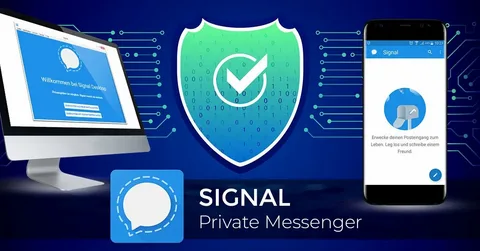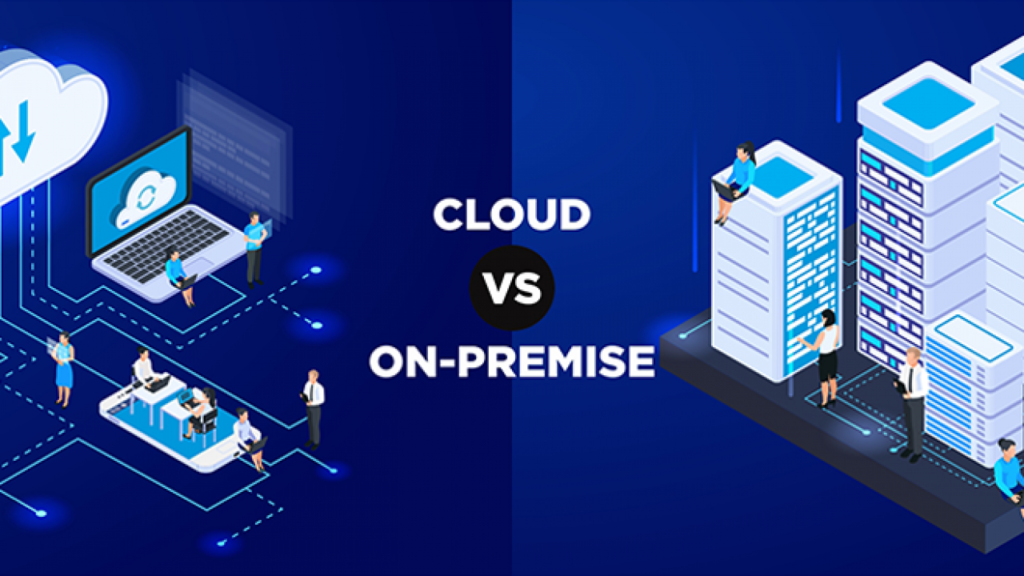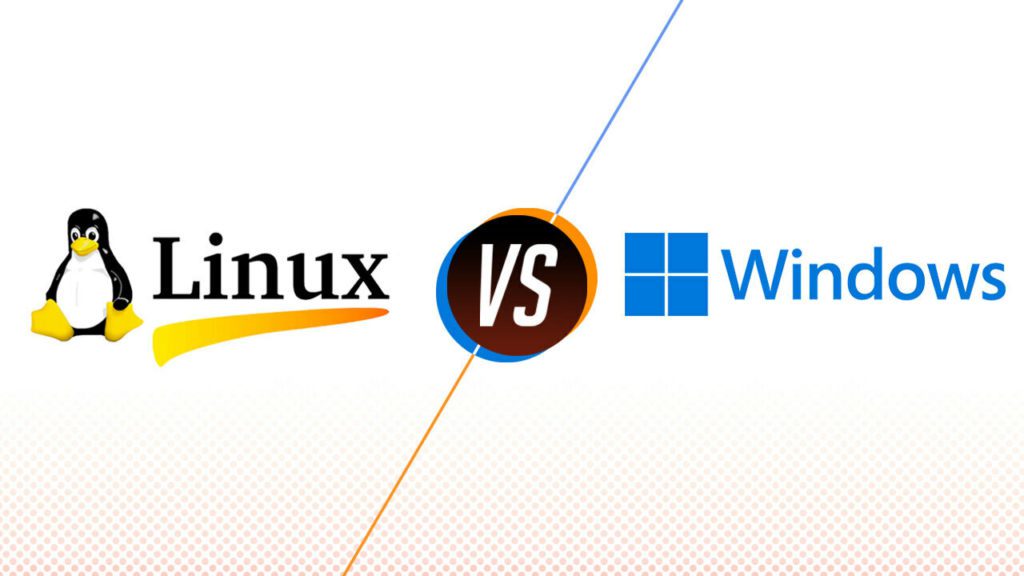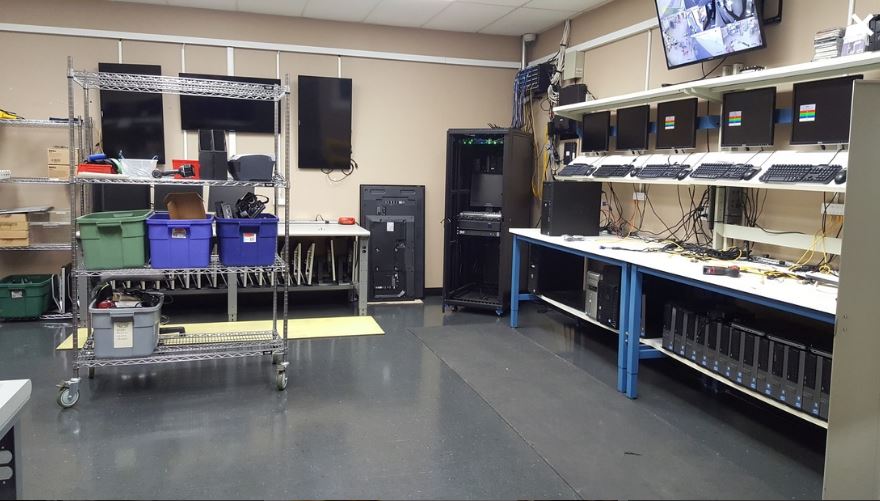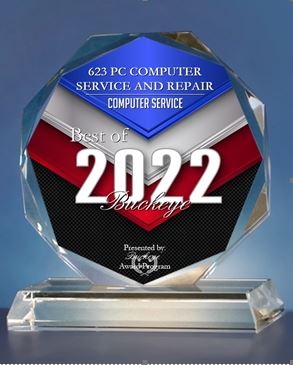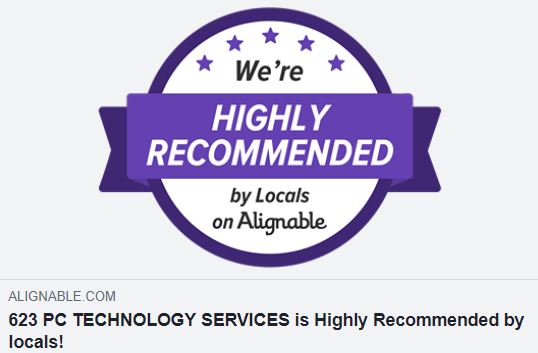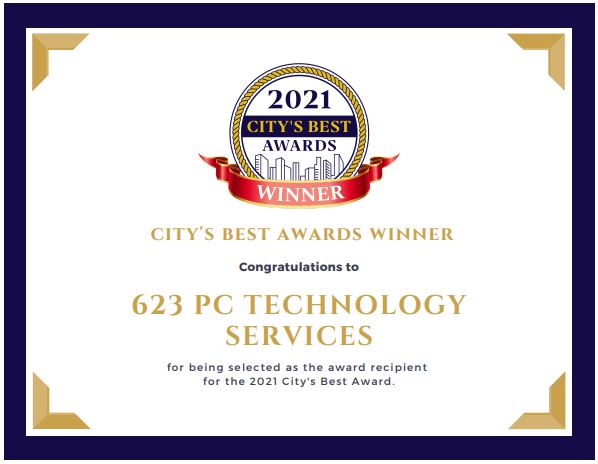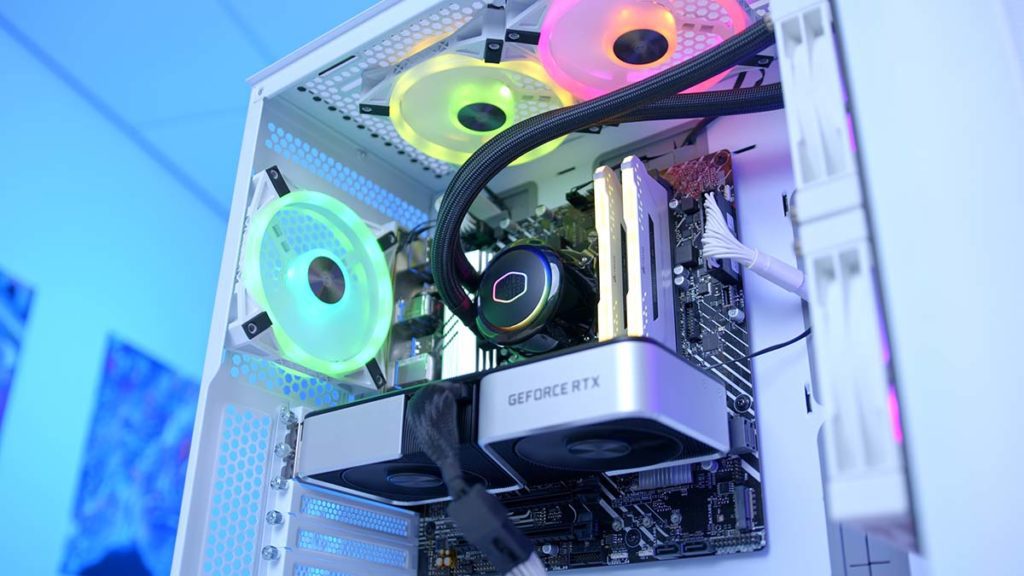
Introducing “Lightning Speed” Gaming PCs by
623 PC Technology Services:
Unleash Your Gaming Potential!
Are you tired of lag, stuttering, and slow load times ruining your gaming experience? Level up your gameplay with our custom built “Lightning Speed” Gaming PCs! We specialize in crafting the highest performing machines on the market, that push the boundaries of speed and deliver unrivaled gaming thrills.
Why settle for less when you can have it all? Our expert team of Geek-tech enthusiasts understands the demands of hardcore gamers like you. We meticulously handpick the latest cutting-edge components to assemble lightning-fast gaming rigs that deliver seamless performance, jaw-dropping visuals, and unmatched responsiveness.
Here’s what makes our 623 PC “Lightning Speed” Gaming PCs a game-changer:
Speed like never before: Our gaming PCs are built to outpace the competition. With lightning-fast processors, turbocharged graphics cards, and advanced cooling systems, you’ll experience buttery-smooth gameplay, no matter how graphics-intensive the game.
Immerse yourself in stunning visuals: Get ready to be blown away by breathtaking graphics and lifelike details. Our gaming PCs are equipped with state-of-the-art GPUs, allowing you to explore richly detailed worlds in crystal-clear 4K resolution.
Lightning-fast load times: Say goodbye to long loading screens and frustrating delays. Our gaming PCs come with ultra-fast solid-state drives (SSDs) that ensure rapid boot times and lightning-quick access to your game library.
Customizable to your gaming style: We understand that every gamer is unique. That’s why we offer a range of customization options. Choose from a variety of high-performance components, RGB lighting effects, and sleek designs to create the gaming PC that reflects your style and personality.
Future-proof your gaming experience: We believe in longevity and keeping up with the latest technology trends. Our gaming PCs are built to handle the demands of tomorrow’s games. With upgradable components and ample storage options, you’ll stay ahead of the curve and dominate the gaming landscape for years to come.
Don’t let sluggish performance hold you back from conquering virtual worlds. Experience gaming at the speed of light with our LightningSpeed Gaming PCs!
Visit our website or stop by our store today to unleash the power of speed and elevate your gaming to new heights. Join the ranks of elite gamers who demand nothing but the best. Get ready to leave your opponents in the dust!
LightningSpeed Gaming PCs: Your journey to gaming supremacy begins here.
To find out more or for a consultation on building your “Lighting Speed” Gaming computer call today or submit your info using the form below:


